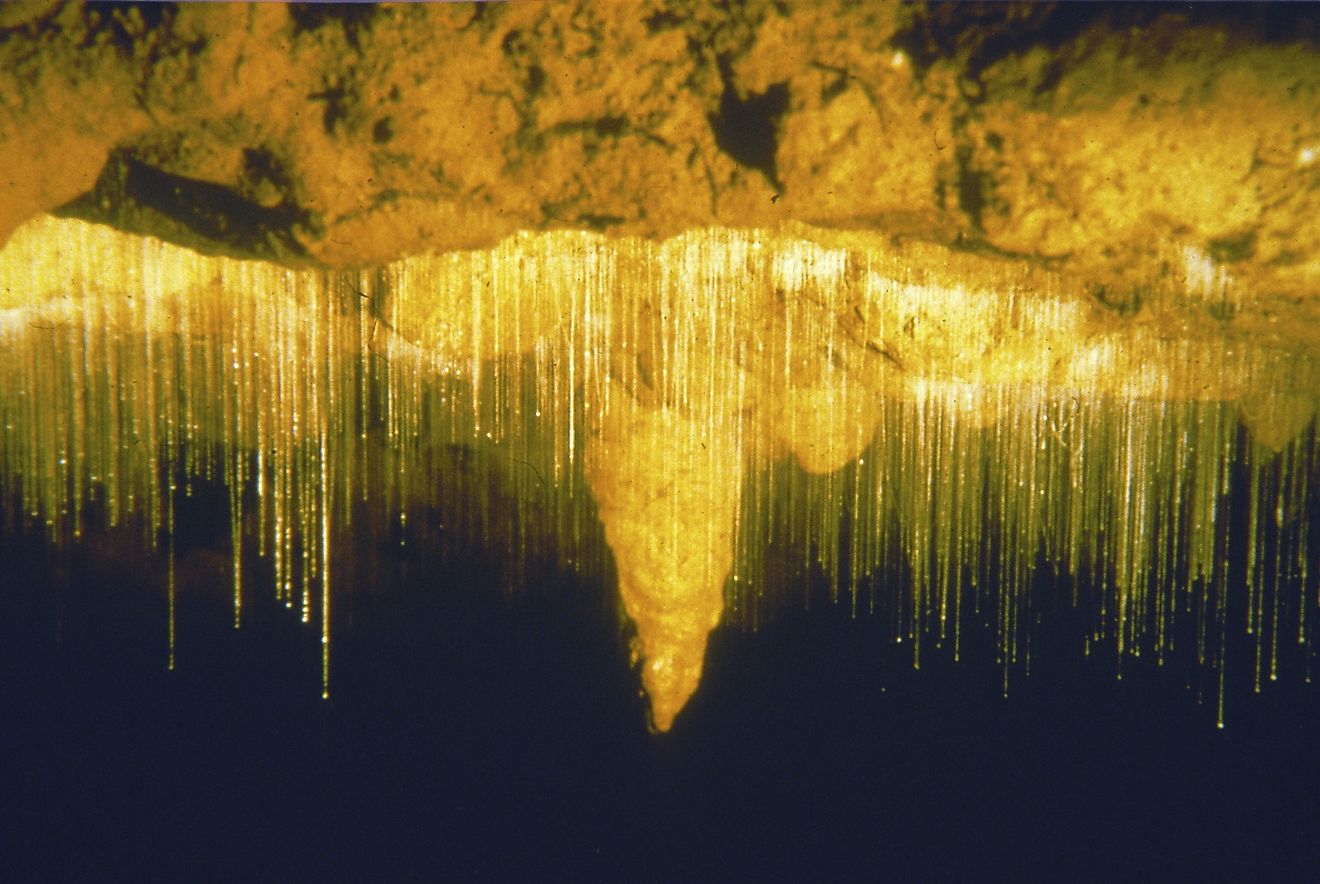Frederick Mace - Famous Explorers of the World

5. Early Life
Frederick Mace was an English surveyor and sailor who was born around 1848 in Weymouth, England. His early years were spent as an apprentice sailor, following his dropping out of school at 15 years of age. His youth was spent mainly aboard ships exploring exotic lands ranging from India to the Andaman Islands. In 1874, Mace sailed for Australia, where he landed in Melbourne. Two years later, in 1876, his wanderings brought him to New Zealand aboard a ship whose passengers were mainly settlers. There, in the land of the Maoris, Mace began his lifelong career as surveyor. He also helped discover and explore the Waitomo Glowworm Caves in 1887.
4. Career
Mace's early career as a sailor led him to a new career path as a land surveyor. Mace naturally turned to land explorations which was no different from being a sailor. His constant travel from place to place brought him on several occasions to Maori lands in the Waitomo area of King Country. King Country was off-limits to the settlers, and a place where only death awaited trespassers. Although there were other difficulties that Mace experienced as outsider and land surveyor, the fact that the Maoris saw him as a symbol of colonial rule didn't help either. However, Mace was eventually welcomed and even married a Maori woman. He also befriended Chief Tane Tinorau.
3. Major Contributions
Although Mace was partly responsible for making the Glowworm Caves known to the outside world beyond King Country, he never attained great fame for his achievements. Mace may have even further contributed to the divide between the two cultures that often clashed in their grabs for land control. The English wanted land for cultivation while the Maoris obviously wanted the land to remain in their own domain. In his work, moving between two worlds made his work easier in communicating between the Maoris and the English. Mace, together with Chief Tane Tinorau who initially discovered the Waitomo Glowworm Caves, furthered the exploration of the caves. Both spent much time in surveying the caves and surrounding area.
2. Challenges
As a sailor, Mace was always in contact with people who were against colonialism, and he was generally sympathetic to their concerns. Later, in his new role as a land surveyor, Mace found himself torn between two cultures. His superiors expected his full loyalty to the English government while, on the other hand, his being married to a Maori didn't make things any easier on him. Mace wasn't alone in this dilemma, for other English land surveyors also faced similar challenges in their own careers as the British Empire expanded its realm. In this, Mace found a way to face his borderline life, and came to not look at it as a problem at all. In fact, he learned to cross the social and cultural barriers gracefully and with success.
1. Death and Legacy
Mace was a man of many talents, and one of his concerns was to record everything in his personal journal about his daily life in New Zealand. He and his Maori wife were certainly a part of King Country and, as the Maori people had already accepted him, he was able to traverse the social and cultural boundaries with little difficulty. In his friendship with Chief Tane Tinorau, this acceptance was further magnified. He and Tane Tinorau together, explored the Waitomo Glowworm Caves. Mace was not as famous as the other explorers of New Zealand, but he was famous among the Maoris. He remained in their land until he passed away in Otorohanga, New Zealand.











